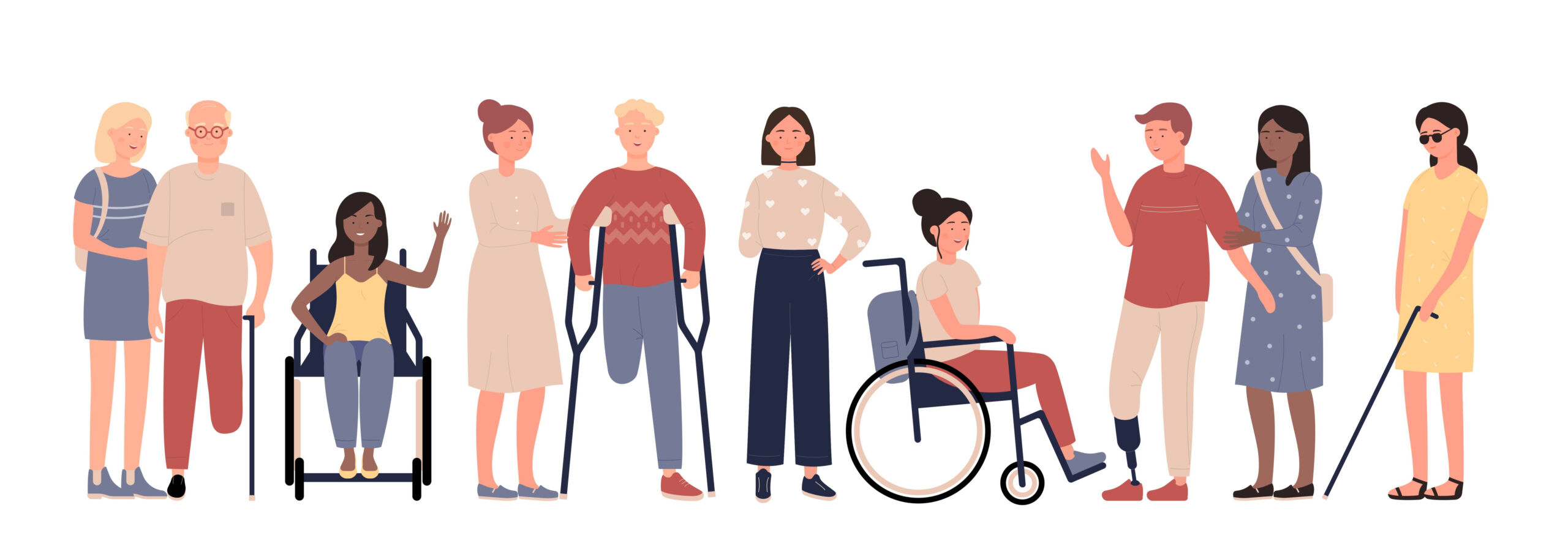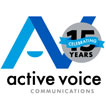
The terms “disabilities” and “disabled” span a broad range of physical, psychological, developmental and intellectual conditions. Some of these conditions are visible; others we cannot see. It’s important to remember that disabled individuals use diverse terms to describe themselves. Many, for example, use the term “people with disabilities.”
According to the Associated Press, both “people with disabilities” and “disabled people” are acceptable terms, but it’s best to ask a person how they prefer to be described. In addition, don’t specify that someone has a disability unless this detail is relevant to the story you are writing.
Try to avoid words that suggest pity, such as “afflicted with,” “battling” or “suffers from” any disability or illness, or that a person “overcame” her disability.
Instead: has cancer, being treated for ADHD.
Do not use “handicap” or “handicapped.” When referring to places or objects that are specifically made for people with disabilities, consider using “accessible” (for example, “accessible parking”).
Consult your AP Stylebook for additional guidance.
